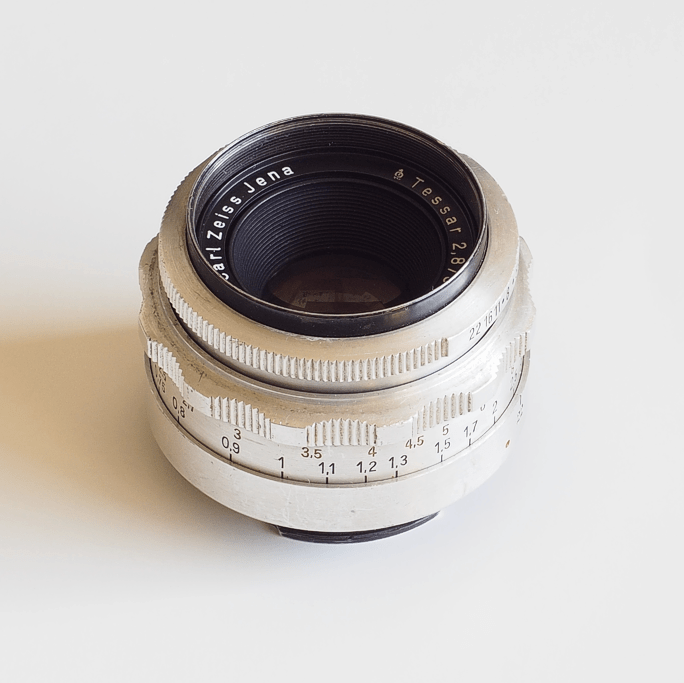Introduction
In an earlier post, I briefly introduced the Carl Zeiss Jena Tessar 80mm f/2.8 T lens. Now, I’d like to take a closer look at its performance and share more example photos. Originally designed for 35mm film cameras with an Exakta mount, this lens was produced between 1951 and 1955, according to the serial number on my copy. I’m currently using it with a Micro Four Thirds (MFT) camera, the Olympus OM-D E-M10. Thanks to the camera’s in-body image stabilization, magnification, and focus peaking features, using manual focus lenses like this one is quite straightforward.

Build Quality
Much like the Carl Zeiss Jena Tessar 50mm, the build quality of this lens is excellent. It’s constructed from metal with a silver finish, which appears to be aluminum. The focus ring rotates smoothly, though it’s not heavily damped. The 270° turn from the closest focusing distance to infinity allows for precise focusing, but it’s not always easy—especially at this focal length, where the depth of field is already very shallow. Achieving accurate focus requires careful adjustment of the focus ring. The front element does not rotate during focusing.
The aperture control ring is click-less and allows for any aperture setting between f/2.8 and f/16. A nice feature is the preset aperture system. By pulling the aperture control ring away from the front element, you can freely rotate it to the desired aperture. Once set, the aperture control ring will stop at your chosen f-stop, making it easier to switch between maximum aperture for focusing and your preferred aperture for shooting. The diaphragm has 16 blades, creating a perfectly circular aperture. Some key technical details are summarized in the table below.
| Focal length | 80 mm |
| Elements / Groups | 4 / 3 |
| Closest focusing distance | 1 m |
| Maximum aperture | f/2.8 |
| Minimum aperture | f/16 |
| Diaphragm blades | 16 |
| Filter size | 49 mm |
| Weight | 260 g |
| Length | 9 cm |
Optical Quality
The optical quality of this lens is quite good, producing sharp images with rich, saturated colors and strong contrast. However, when using the lens on MFT cameras, it’s important to remember that the angle of view is equivalent to that of a telephoto lens. Even with in-body image stabilization, camera shake can occur in low-light conditions. Initially, I didn’t account for this and ended up with several images affected by camera shake, which gave me a poor first impression of the lens. However, after using faster shutter speeds or a tripod, I was able to capture some great shots.
| Sensor size | Angle of view | 35 mm equivalent |
|---|---|---|
| 35 mm full frame | 30° | 80 mm |
| APS-C | 20° | 122 mm |
| M4/3 | 15° | 160 mm |
Sharpness is generally good but varies depending on the aperture. The center sharpness is decent, though wide open at f/2.8, images are a bit soft, but not overly so. Stopping down improves sharpness significantly, with the lens reaching its peak sharpness at around f/8. Only at the minimum aperture of f/16 does the image quality soften slightly again.

Corner sharpness is another story. At the widest aperture, the corners are very soft, almost blurry. Even when stopped down to f/4, the corners remain soft. It’s only at apertures smaller than f/5.6 that the corners begin to sharpen up, and they only reach acceptable sharpness at f/11 or f/16.
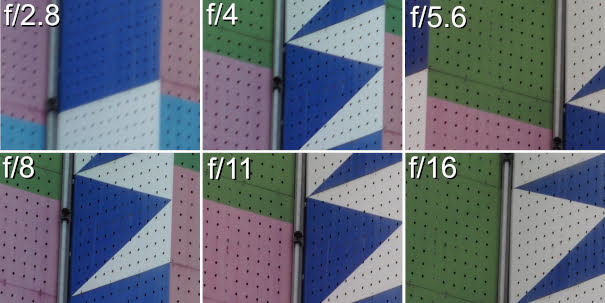
These soft corners can be creatively used to add a unique effect to your photos, drawing attention to the center of the frame. However, if you’re looking for sharpness across the entire frame, f/8 and f/11 are your best options.
The bokeh is generally soft and creamy, though in some situations, it can appear a bit harsh. Chromatic aberration and lens flare were not noticeable in my test photos, though they might be more apparent in extreme conditions—this would require further testing. The lens also exhibits very low distortion, which is another plus. Overall, the lens performs well with no major flaws to speak of.
Example Video
Example Photos
Below are example photos taken with this lens on the Olympus OM-D E-M10. The images have been moderately processed, including adjustments to white balance, exposure, and shadows/highlights. No distortion correction was applied, and the colors were not manipulated. The photos have been resized for this webpage.



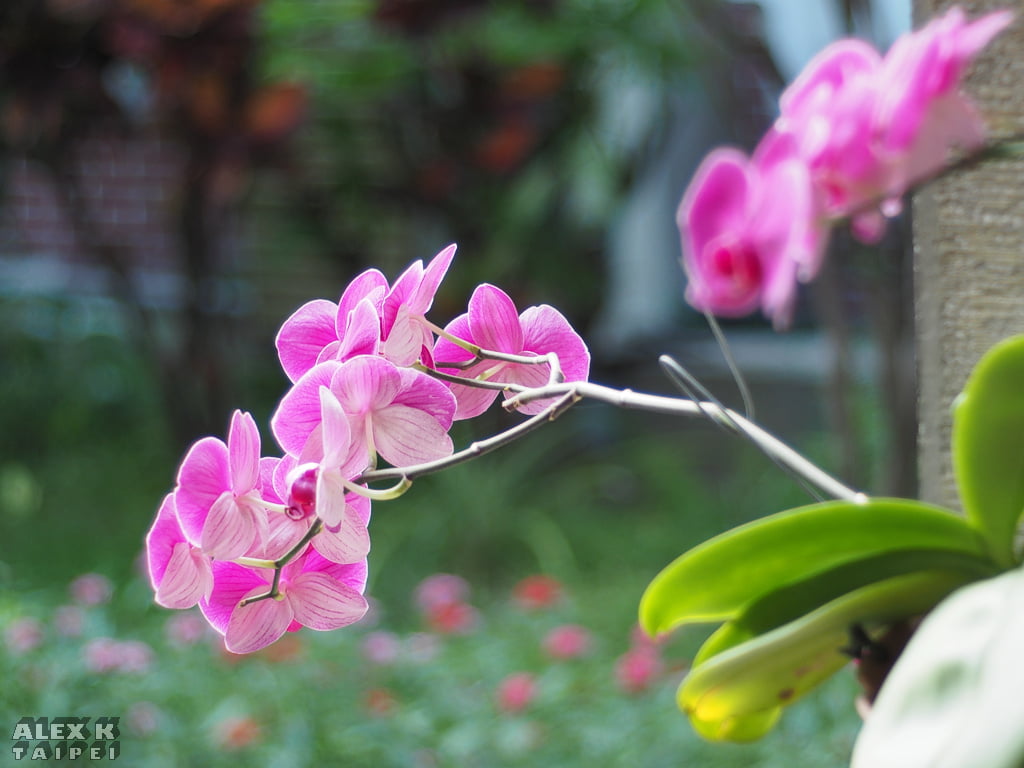


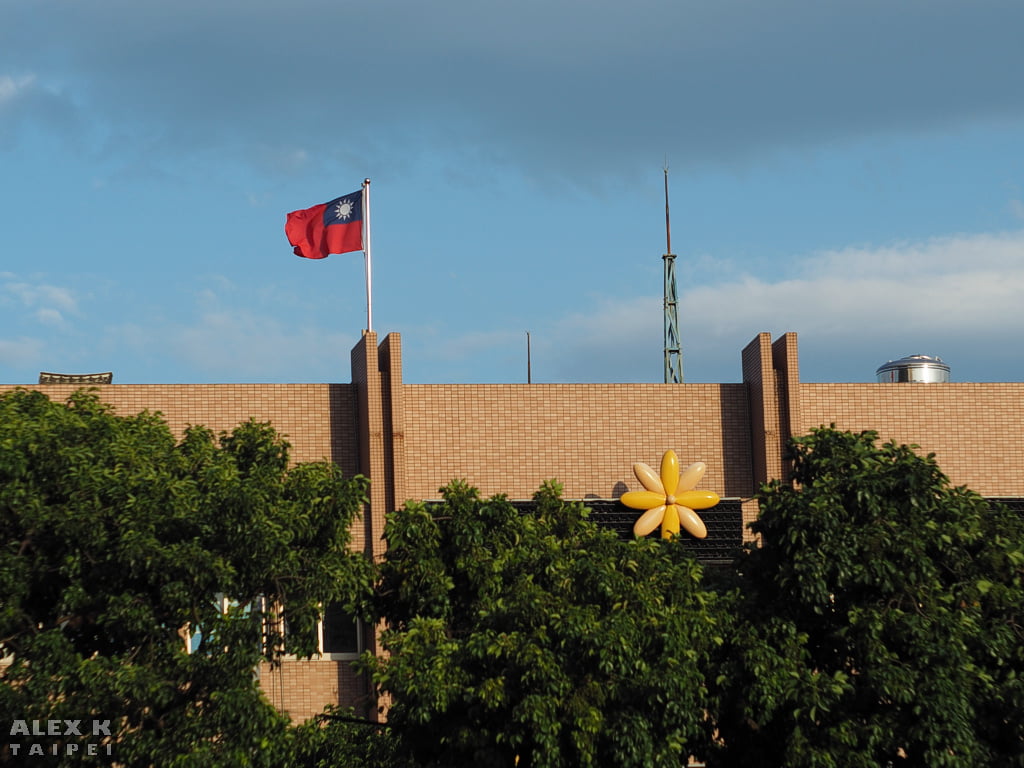


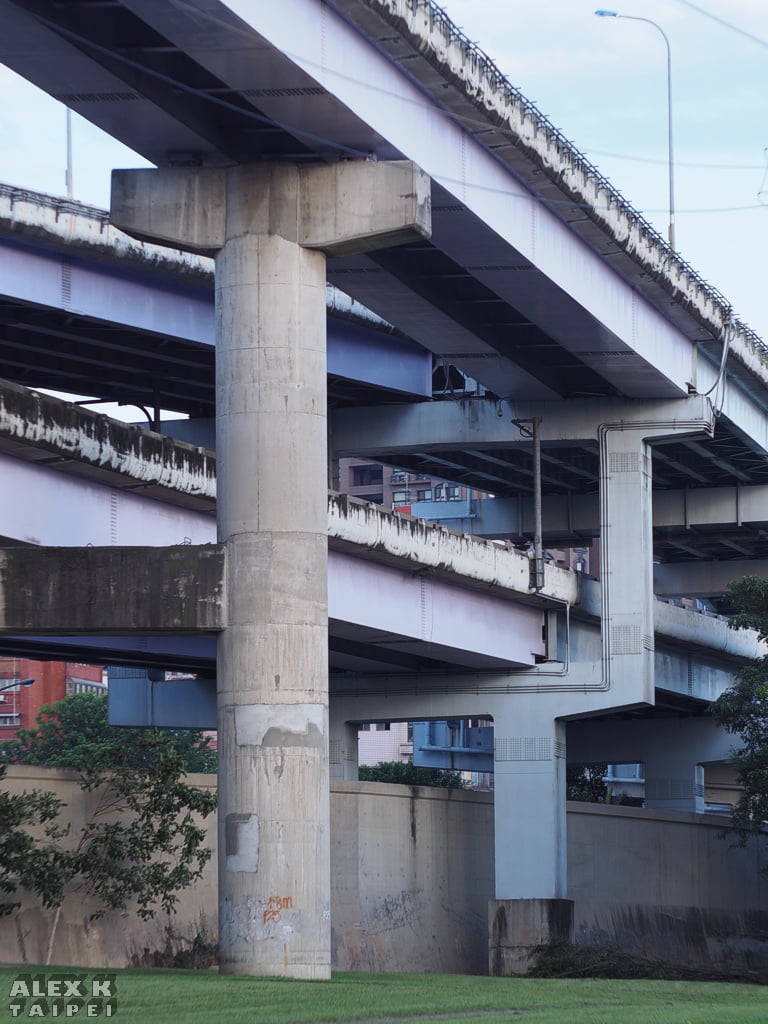
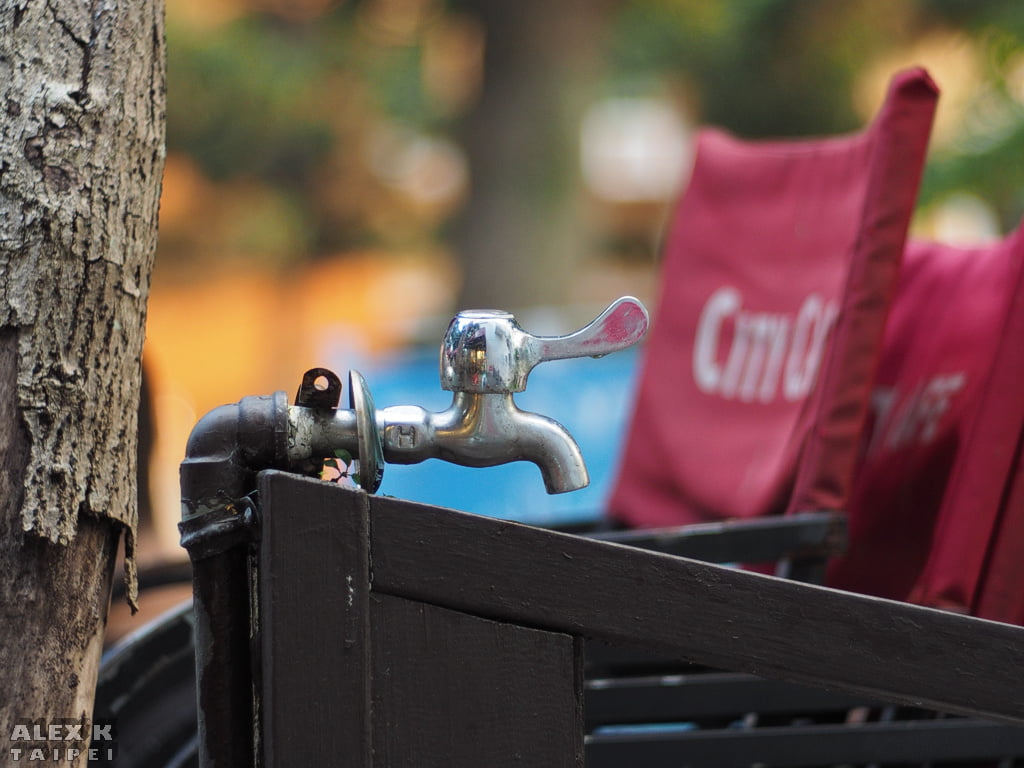
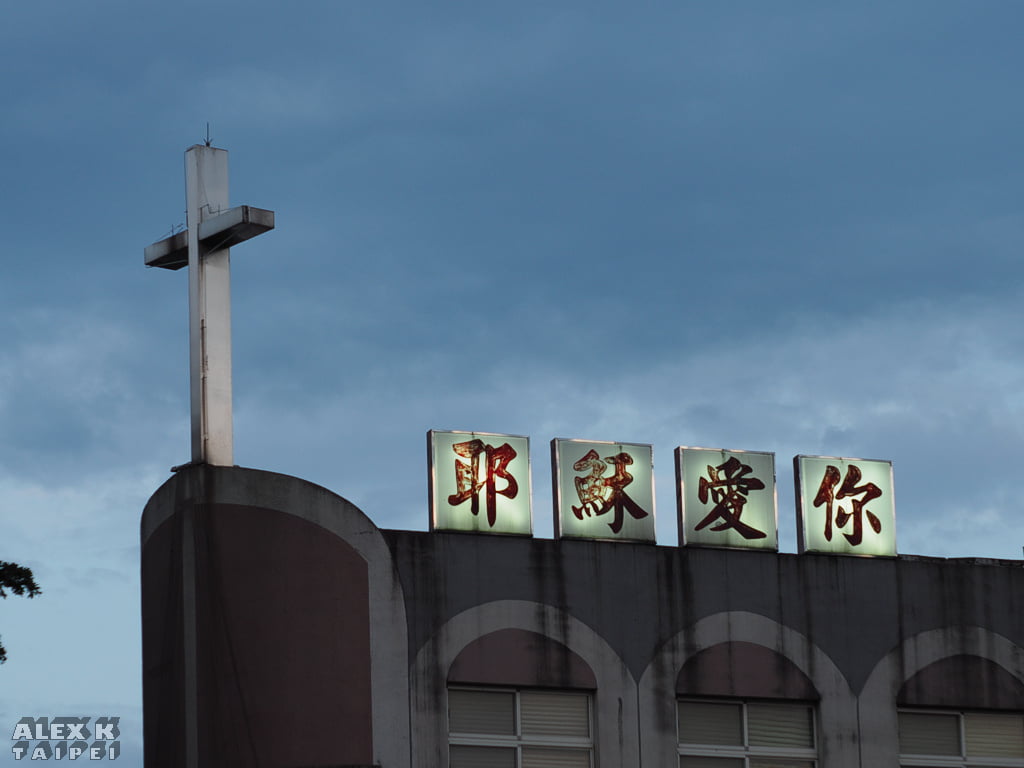

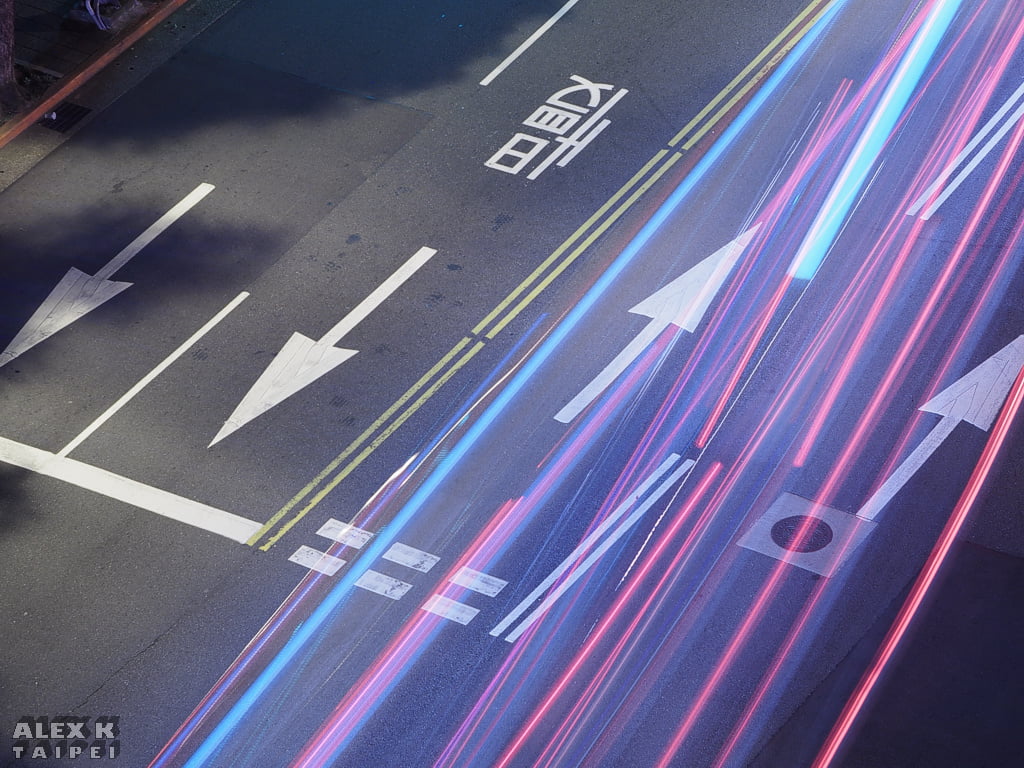
Conclusion
The Carl Zeiss Jena Tessar 80mm f/2.8 T is a solid lens with good optical quality, making it an interesting option for a medium telephoto lens. However, it can be tricky to handle due to its manual focus and the poor sharpness in the corners. It takes time to get used to this lens, and it’s definitely not an everyday lens. I wouldn’t recommend it as a vintage lens for beginners.
Personally, I don’t use this lens often. This is partly because of the focal length—I rarely use telephoto lenses in my work—and partly because of the tricky focusing. That said, I plan to explore its potential further, as I believe there’s more to discover.
Enjoyed this article? You can get early access to my maps, blog posts, and exclusive content by becoming a supporter on Ko-fi. I also share updates and insights on Facebook, post photography and snapshots on Instagram (@eyes_on_taiwan), and showcase maps and Taiwan data on Instagram (@taiwan.maps.dataviz). You’ll also find me on Threads and Bluesky, where I share new maps and links to blog articles. Looking forward to connecting with you!
If you like this content and don’t want to miss new blog posts, consider subscribing to our newsletter!



